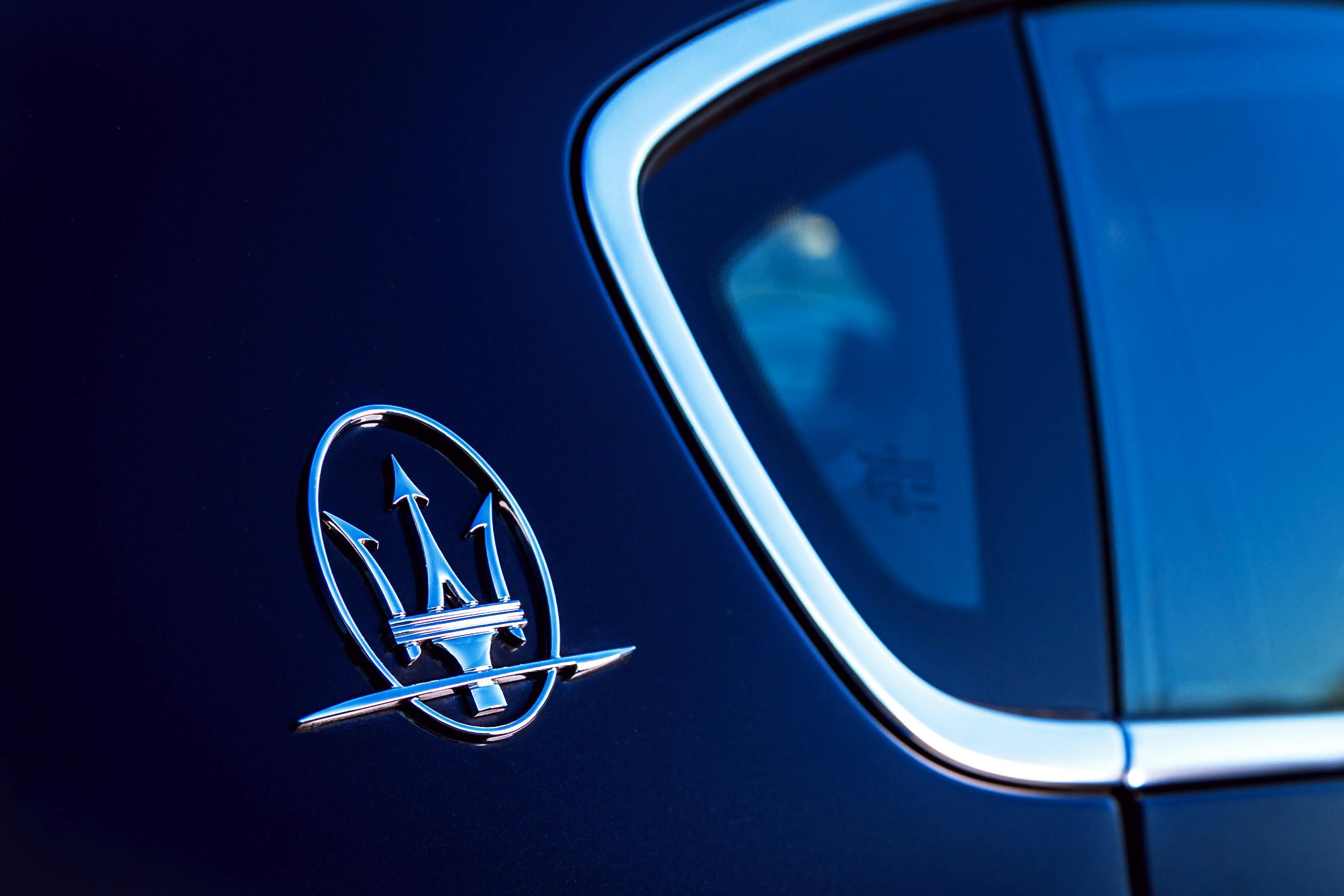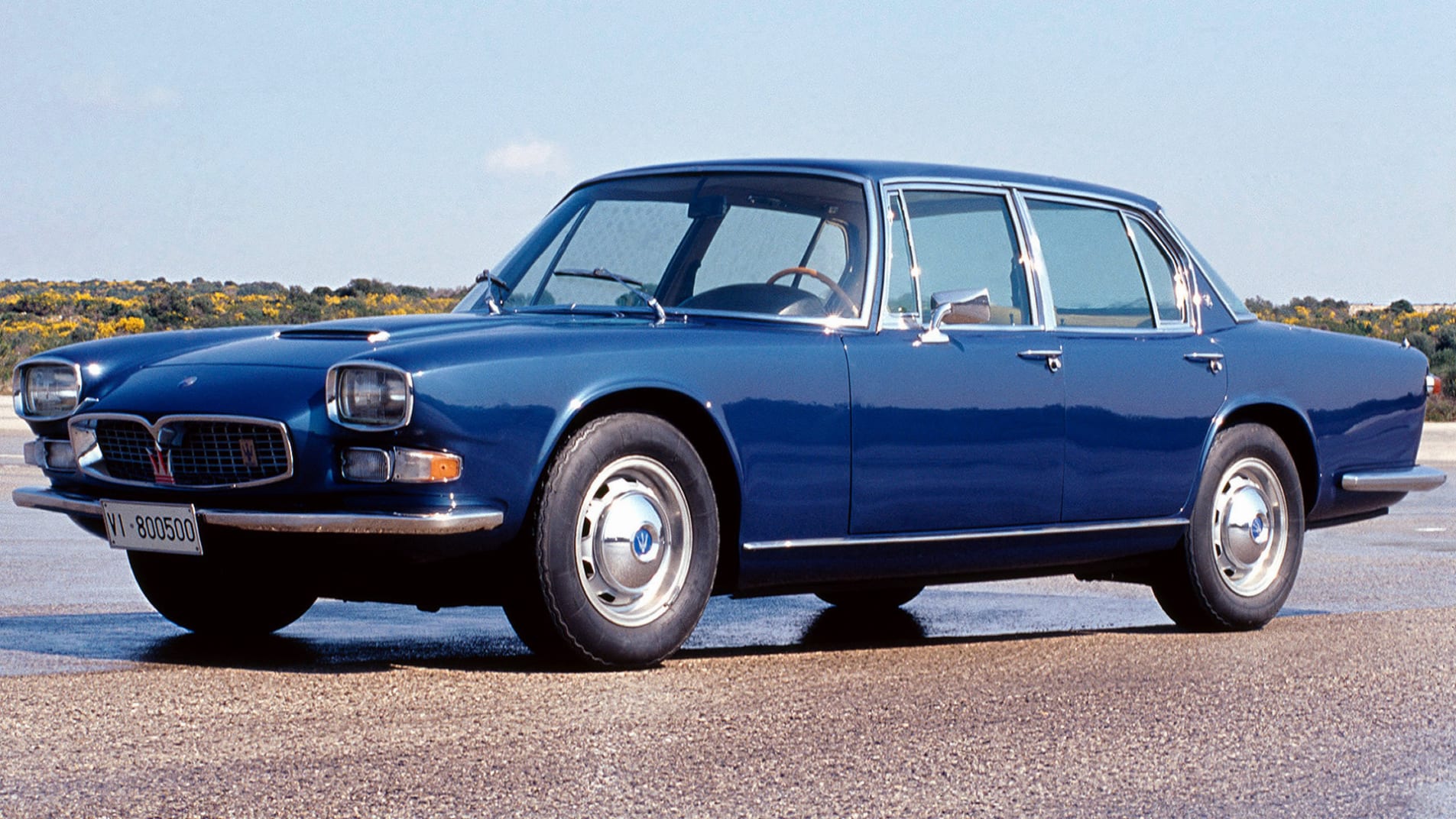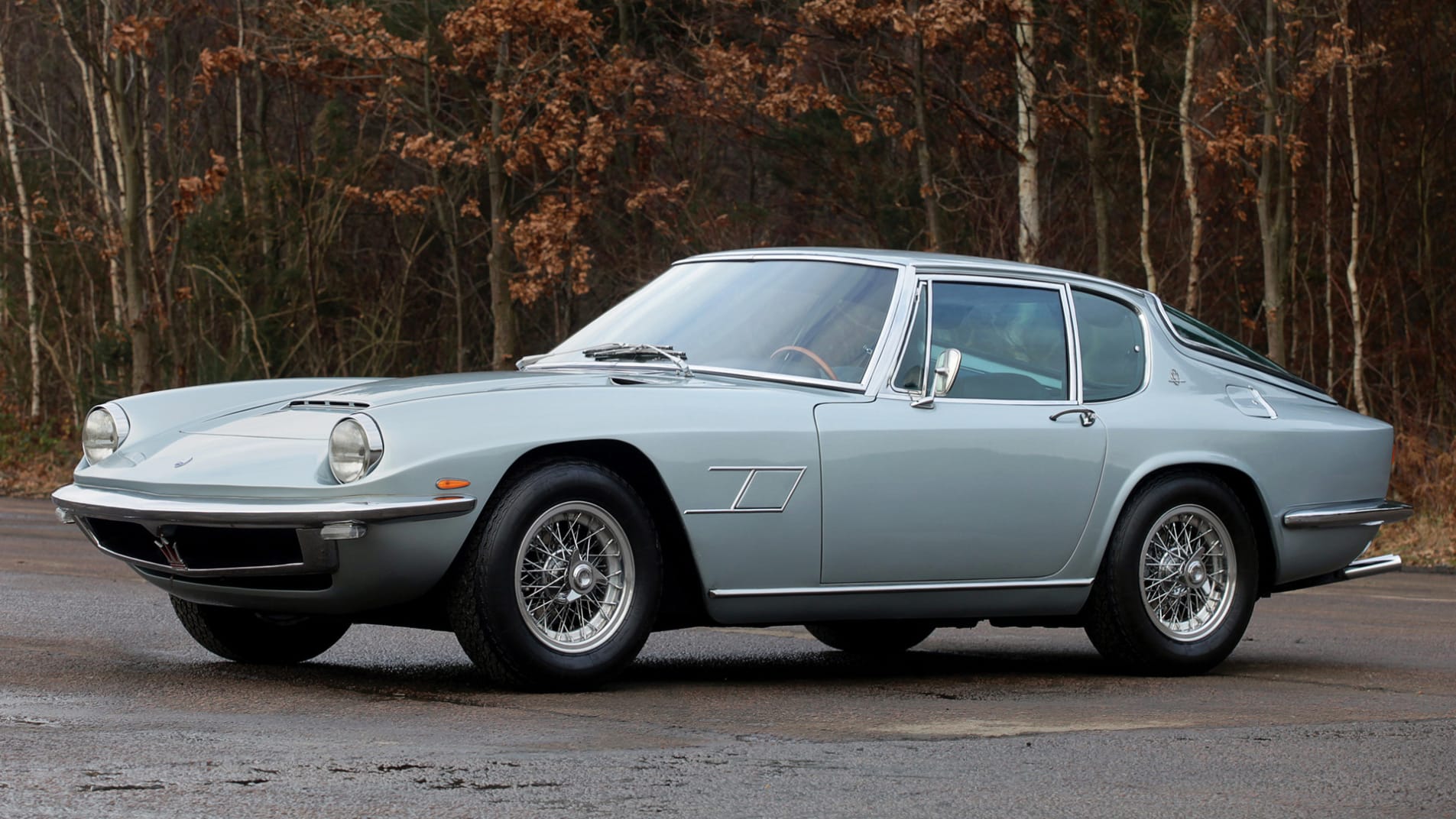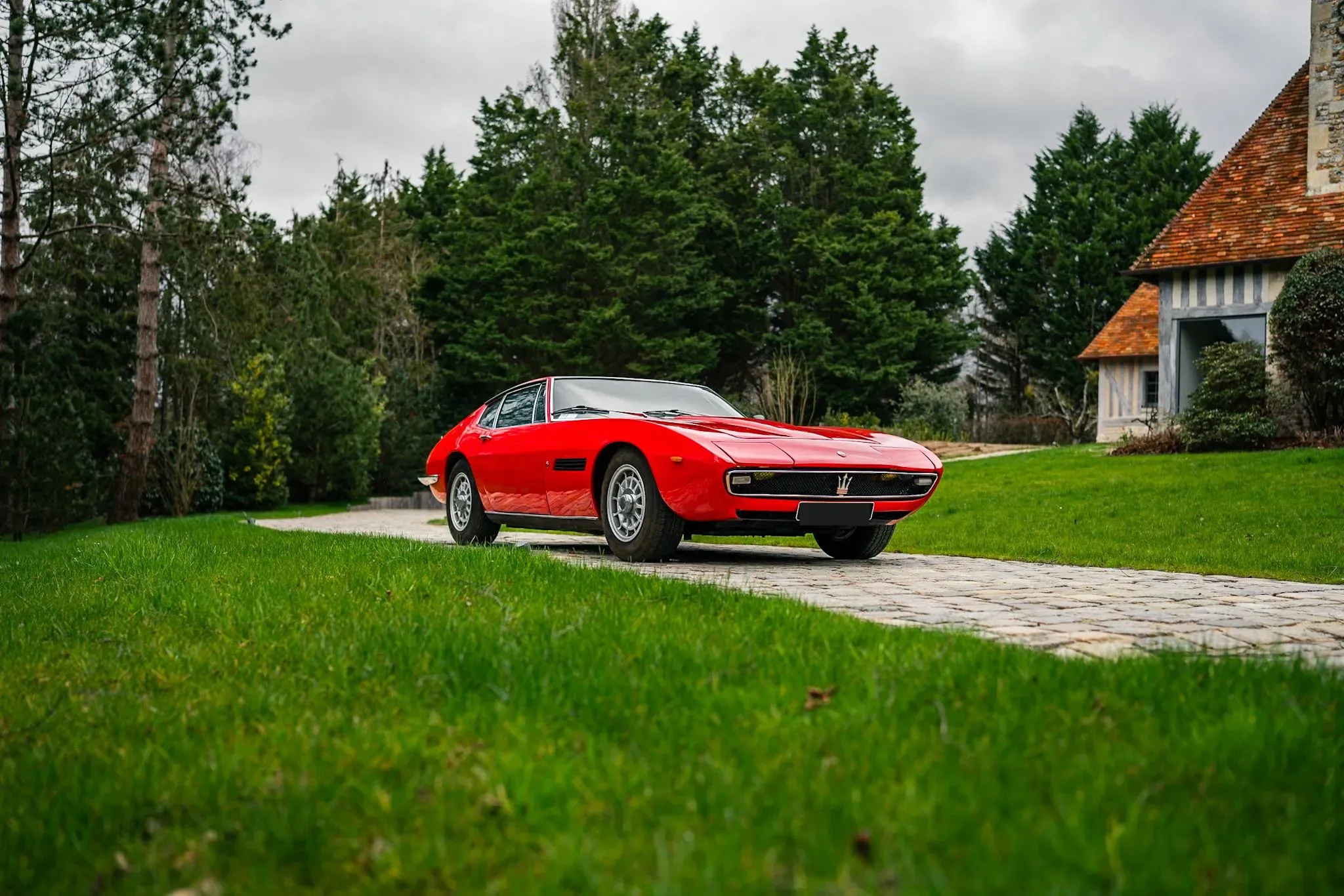MASERATI 4200 gt cambiocorsa 2004
32 500 €

Whether you're tempted by a Bora, a Biturbo, or a more contemporary MC20, CarJager's Car Specialists will help you find the Maserati of your dreams!
32 500 €
Current bid: :
19 750 €
46 500 €
54 000 €
101 990 €
112 000 €
99 900 €
30 000 €
72 500 €
19 900 €
32 500 €
37 900 €
57 500 €
38 000 €
45 900 €

Based on the 1998 3200 GT, the 4200 was introduced four years later. The main evolution: the car swapped the supercharged Maserati V8 for a naturally aspirated Ferrari V8.

Starting in 1981, Maserati adapted its offering with the introduction of the Biturbo, a small front-engined GT with classic lines. Equipped with a highly capable turbocharged V6, the car would serve as the foundation for nearly the entire Maserati lineup over the next seventeen years.

Launched in 2020, the MC20 is a mid-engined berlinetta. Its V6 engine, named Nettuno, is an all-new design; with 630 horsepower, it can propel the car to 325 km/h. The MC20 is also available in an open-top version called Cielo.

Launched in 1972, the Merak is directly derived from the Bora but features a V6 instead of the V8 found in its predecessor. It was produced in just over 1,800 units until 1983.

Bidding is about experiencing the thrill of acquiring a rare piece.
Dive into our exclusive selection of Maserati at auction and find the rare gem that will make your heart race.
Our intuitive interface guides you to the Maserati of your dreams, from classic to the latest sports models. Place your bid now and join the circle of Maserati enthusiasts.

Maserati, the Grand Dame of Legendary Italian Marques
Founded in 1914 in Bologna by the five Maserati brothers, the eponymous company began as a manufacturer of racing cars for the Diatto firm. However, it wasn’t until 1926 that Maserati became a full-fledged automaker, dedicating its efforts entirely to motorsport and competing against the likes of Mercedes-Benz and Auto Union in the major races of the interwar period. The Maserati family handed over control of the company to the Orsi family in 1937—at which point the company moved to Modena, where its headquarters remain to this day—but the Maserati brothers continued collaborating with the firm for another ten years.
After the war, while maintaining its presence in racing, Maserati began designing and producing road cars focused on sportiness and grand touring. The celebrated A6 series marked the company’s first step toward the identity it holds today: Maserati gradually evolved into a manufacturer of high-end grand touring coupés and convertibles, ceasing direct involvement in motorsport after 1957. That same year, the 3500 GT brought the brand out of relative obscurity and secured it a reputation on par with Ferrari, Aston Martin, and Jaguar.

From Handcrafting to (Small-Scale) Series Production
Built in over 2,200 units over a seven-year production run, the 3500 GT—offered as both a coupé and a convertible and powered, like its predecessors, by a race-derived inline-six engine—marked a turning point in Maserati’s evolution. Until then, the brand had operated on a largely artisanal scale, but the 3500 GT propelled it into a new dimension. Nevertheless, the ultra-exclusive 5000 GT continued the tradition of bespoke, prestige automobiles assembled in very limited numbers. The 3500 GT held its own against rivals like the Aston Martin DB4 and Ferrari 250 GT before giving way to an increasingly diverse lineup.
By the mid-1960s, Maserati had broadened its offering with the Sebring, the Mistral, and the Quattroporte sedan—all designed by Pietro Frua—aimed at a demanding clientele seeking the highest standards of luxury and performance. But the best was yet to come: in 1966, Maserati made a bold move with the launch of the Ghibli, a stunning V8-powered two-seater GT styled by Giorgetto Giugiaro for Ghia. Refined, luxurious, and utterly elegant, the Ghibli was also forward-looking, foreshadowing the design language of the 1970s. However, the decade’s end would bring major changes for Maserati.

Maserati’s Setbacks and Revival
Acquired by Citroën in 1968, Maserati collaborated on the design of the SM coupé before launching the Bora in 1971—the brand’s first mid-engine car, once again styled by the talented Giugiaro. But by 1975, facing severe financial difficulties, Citroën sold Maserati to Alejandro de Tomaso, who ensured the company's survival by introducing several new models, including the third-generation Quattroporte. His most significant move came in 1981 with the launch of the Biturbo, a compact four-seater GT powered by a front-mounted V6 engine. The Biturbo would become the backbone of Maserati’s lineup until the late 1990s, allowing the brand to boost production volumes and attract a new clientele that had previously leaned more toward BMW.
After producing numerous Biturbo variants, De Tomaso sold Maserati to the Fiat Group in 1993. Fiat began repositioning the brand upward, starting in 1998 with the launch of the 3200 GT—later fitted with a Ferrari-derived V8 engine—followed by a new Pininfarina-designed Quattroporte. Since 2021, Maserati has been part of Stellantis, formed from the merger of Fiat Chrysler Automobiles and PSA Peugeot Citroën. Today, Maserati boasts a diverse lineup that includes the mid-engined MC20 sports car, a front-engined GT available as both coupé and convertible, and the Grecale SUV. The latter two are offered in electric versions, giving Maserati the confidence to embrace the future with style and ambition.




Discover our personalized search service and access our network of 32,000 enthusiasts. Start your search now, your next Maserati adventure begins here.

Discover all our services dedicated to selling cars with Carjager.